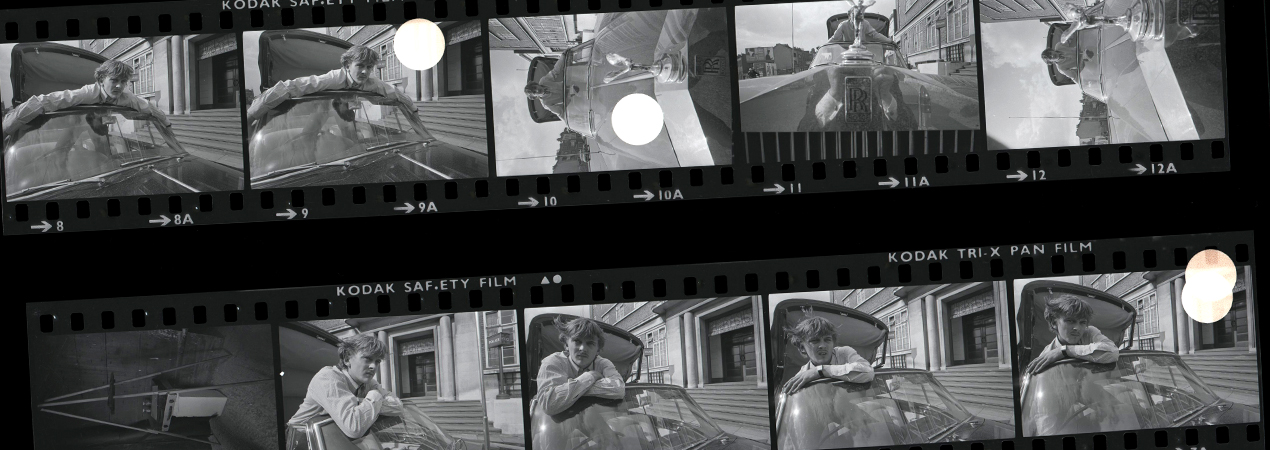“Well, Blow-Up received an ‘X’ rating in America. To be honest, I don’t remember why the film received that mark—I don’t remember anything specific about it. But again, these were the end days of the censorship code and 1966 was a watershed year in filmmaking that would unleash a new wave of talented filmmakers and a whole new way of looking at and making films.” While based on a short story from Julio Cortázar, the film is also widely believed to be based on the life of David Bailey, a contemporary of O’Neill’s.
“Bailey was a genius, is a genius. The difference between our photography is that he stayed mainly in London and worked for the likes of Vogue , and I moved around a bit more, spent time in Hollywood, and worked more on film sets and shooting musicians. Also, I was never comfortable in front of the camera. My job was taking photos, not having my photo taken. Bailey was different because he was as big a star in front of the camera as he was behind it.
“I was invited to the set to take some shots of David Hemmings. Blow-Up was his first major film and the director Antonioni’s first film in English. Hemmings was only 25 and the next film he worked on was Camelot .
![]()
“I wanted to take a few shots of him and that outstanding car he was driving. It was a real beauty of a machine. We all liked fast cars back then. This was a Rolls Royce convertible.
“The shot just worked and I think this image of this great-looking young man, driving around in this great looking car, well, epitomised what people associate with the ‘Swinging Sixties’. I didn’t know that at the time, I was just making a great image. But the combination worked in my favour and now this photo is part of the permanent collection at the National Portrait Gallery.”
Read this story and more in Terry O’Neill’s ‘Every Picture Tells a Story’ available in the Iconic Store.
Photographs from Terry O’Neill’s archive are now available as limited edition, fine art prints, signed and numbered by Terry O’Neill. For more information contact sam@iconicimages.net
